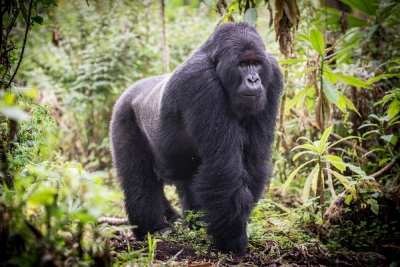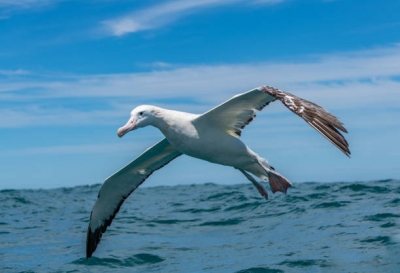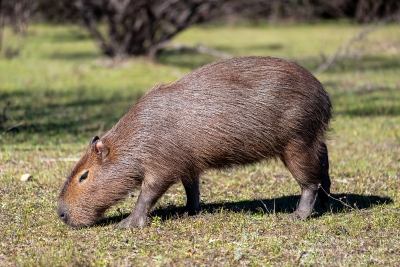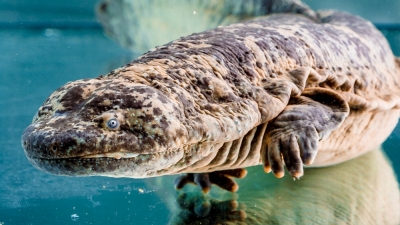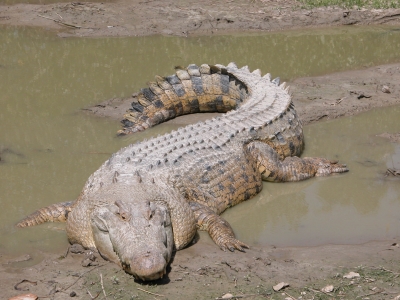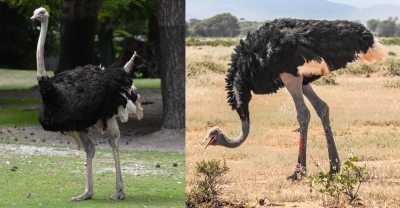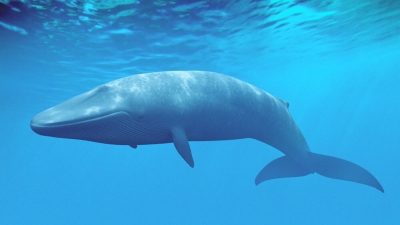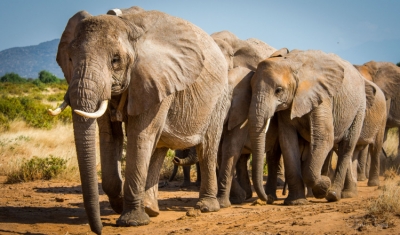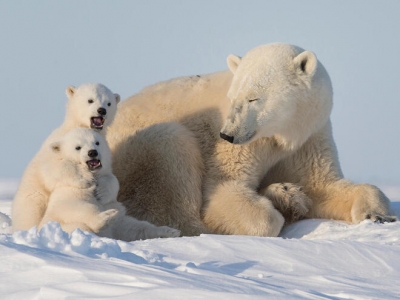Which is the fastest animal on land?

No prizes for guessing which is the fastest animal on land. You must have seen images of this iconic creature featured in advertisements of sports bikes and cars. Not surprising, as the cheetah can reach speeds of 112 km/h in just 3 seconds! That's faster than most sports cars in the world today!
Cheetahs are found in sub-Saharan Africa and much more scantily in Asia and Iran. They are medium-sized spotted cats with slender long legs and a dark stripe on both sides of their faces. They have a long tail, a big chest, a narrow waist and large nostrils for greater oxygen intake while running.
The aerodynamic body of the cheetah is built for speed, not stamina. After catching its prey, it needs half an hour to catch its breath before it can eat. This is because the high energy consumption due to running at such a high speed, heats up its body to dangerously high levels. This makes it crucial for the cheetah to rest and cool down after a high-speed chase.
Did you know that the name cheetah comes from the Hindi Word 'chita' which means spotted one? A single cheetah needs a huge range to operate in and due to human encroachment into its territory and excessive hunting, it is greatly threatened. Due to the alarming decrease in its populations in the past few decades, it is listed as 'Endangered' in the IUCN Red List. One could say that the cheetah is sprinting fast towards extinction!
In India the cheetah became extinct in 1952, but thankfully there is still hope. Plans are afoot to reintroduce these iconic cats back in the country in the forests of Madhya Pradesh. Fifty cheetahs from Africa will be reintroduced in India over the next five years. Hopefully, this animal superstar will soon roam our country again.
Picture Credit : Google
